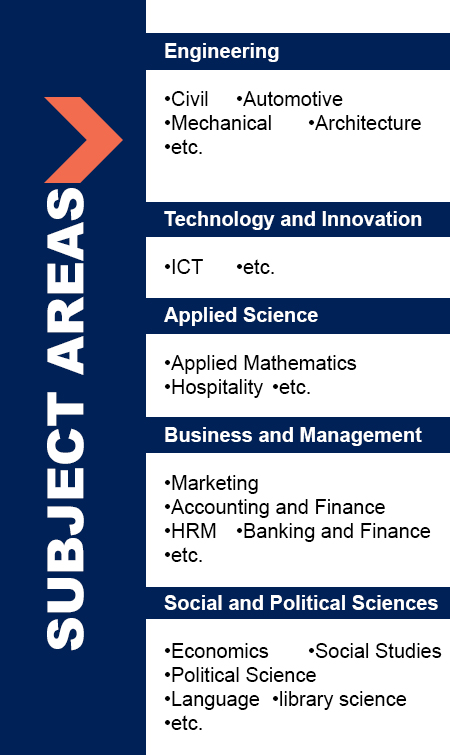Anthropogenic Drivers of the Pressures on the Ramsar Site of Sakumo Lagoon in Ghana
DOI:
https://doi.org/10.47127/ijtmr.v1i1.7Abstract
This paper examines the range of human pressures on the Sakumo Lagoon. These pressures have contributed to the current state of the lagoon. The wetlands around the Ramsar site of the Sakumo Lagoon are suffering from unsustainable fishing, farming, deliberate bush burning, improper domestic solid and industrial effluents disposal as well as unregulated tourism and recreation activities. The various anthropogenic drivers-responses were examined through the 'driver-pressure- state-impact-response' (DPSIR) framework. The framework involved empirical field data collection, laboratory test and analysis of eight water quality parameters such as pH, turbidity, conductivity, total suspended solids (tss), biological oxygen demand (BOD), nitrates and ammonia. Results showed that over-exploitation of natural resources and pollution due to inappropriate agricultural and waste management practices are responsible for the wetland degradation. Institutional measures should be strengthened to curb the degradation of the Sakumo wetland.
Keywords: Pollution pressures; Anthropogenic drivers-responses; Wetland socio-economic activities








